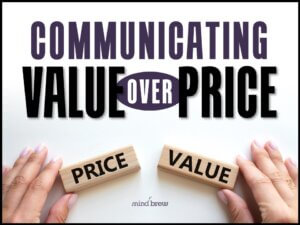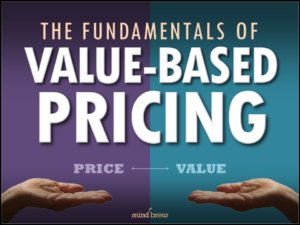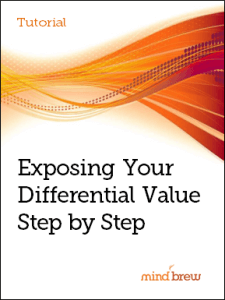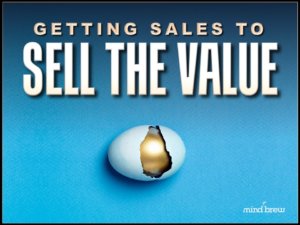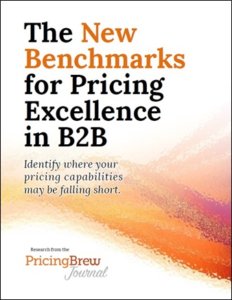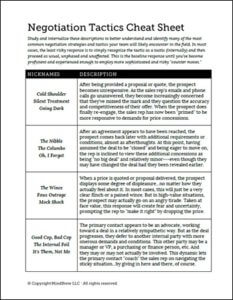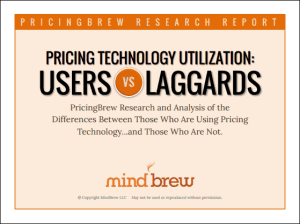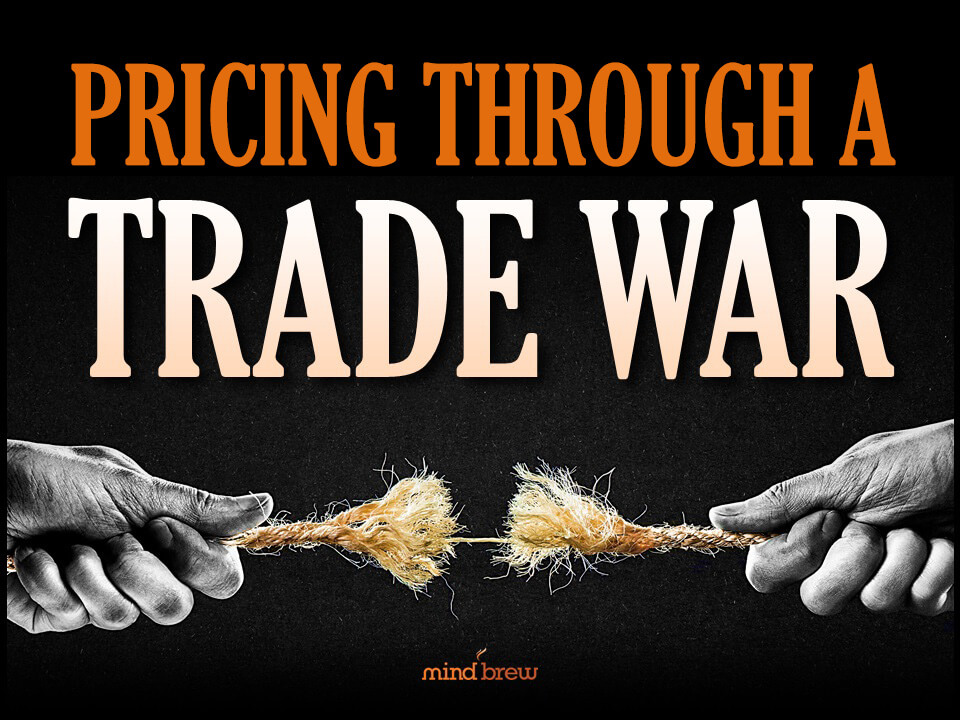As a pricing professional, you probably won’t be in the position of crafting any strategic value messages for your company or its products and services. Usually that task falls to the marketing or sales teams. Hopefully, they have a lot more experience drafting these kinds of statements than the pricing team does.
But the fact that you aren’t the one writing the value message doesn’t mean that you can’t make some basic judgements about its quality.
It’s a little like judging a bread recipe. All leavened bread relies on four basic ingredients: flour, water, yeast, and salt. The quantities vary from loaf to loaf, and you can have any number of seasonings and additions to give you infinite variations.
You don’t have to be a master baker to tell if one of the key ingredients is missing. If there’s no flour, you’ll have a gooey mess. If there’s no water, you’ll just have a pile of powder. If there’s no yeast, your bread won’t rise. And if there’s no salt, it will rise too much and fall apart.</>
A strategic value message relies on a similarly short list of ingredients. It answers the question: “How does your offering deliver what I need and value, better than the alternatives?” In order to answer that question, you need three key ingredients:
- The Buyer is the most important ingredient in the value statement — kind of like the flour in the bread recipe. You have to understand what they need and want before you can craft any kind of answer to that key question. And if the buyer’s needs and wants are missing, you don’t really have a value statement.
- The Seller is also critical. After all, you have to have something to offer the buyer if you are going to convince them to buy it. The value statement should explain how your meets the buyer’s needs and wants.
- The Alternatives are the key ingredient most commonly missing from value messages. Buyers always have alternatives to your product — even if the only obvious option is just not buying anything.
If the statement doesn’t have one (or more!) of these key ingredients, you don’t really have a value message. And if you want to have a good value message, you need those three ingredients plus two more additions. These are the “seasonings,” that make the key ingredients more palatable for your buyers:
- Specifics and clear language: If you can’t tell what the value statement is talking about because it’s so full of marketing jargon, it’s not a good value message. Any buyer reading or hearing it should be able to understand it immediately.
- Credible proof and evidence: A lot of marketing teams fill their value messages with hyperbole and fluff. If your product is the fastest, strongest, best, or most cost effective anything, you should have hard proof to back up those claims.
When you bring it all together, an effective strategic value message meets the criteria laid out in the diagram below:
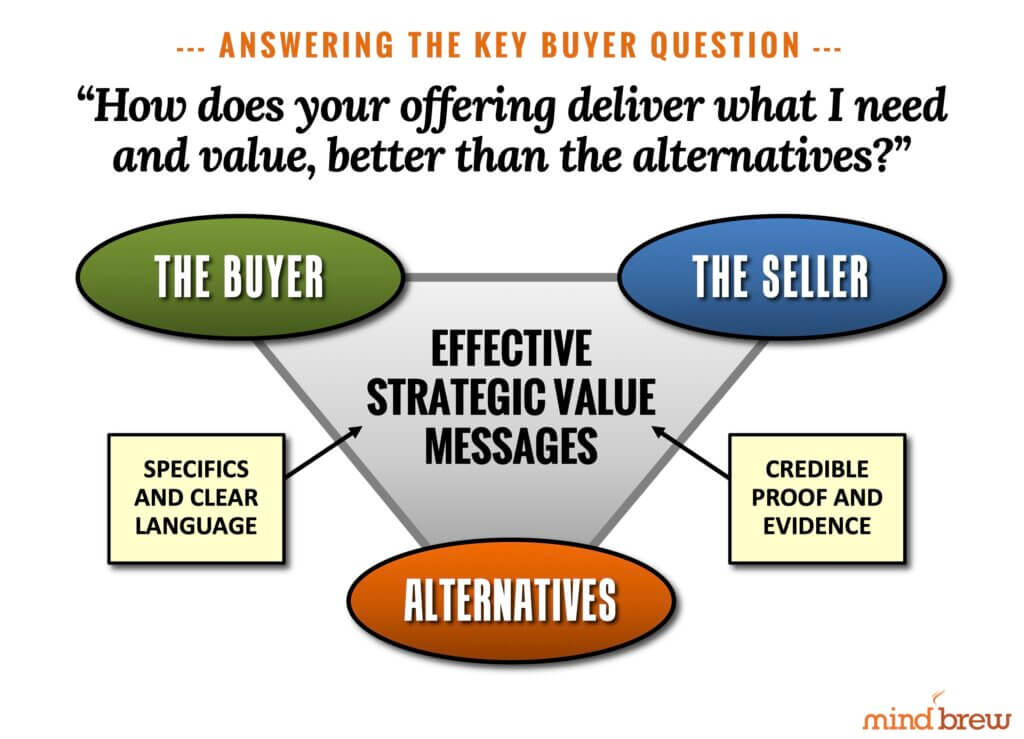
We cover this concept in more detail in the webinar on Communicating Value Over Price. And we expand on the same ideas in The Fundamentals of Value-Based Pricing, Exposing Your Differential Value Step-by-Step, and Getting Sales to Sell the Value.
When you bite into a loaf of bread, you can tell immediately if something is off — even if you’ve never baked anything in your life. The same is true when you read a strategic value message that’s missing an important ingredient. Make sure your organization has messages that will support your pricing strategy.

